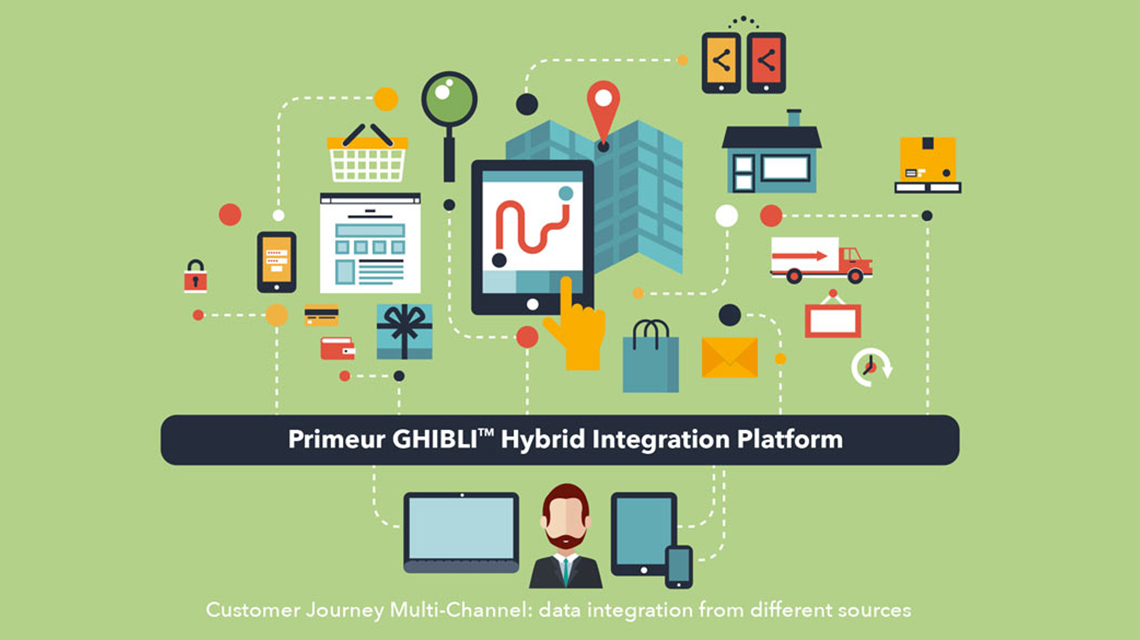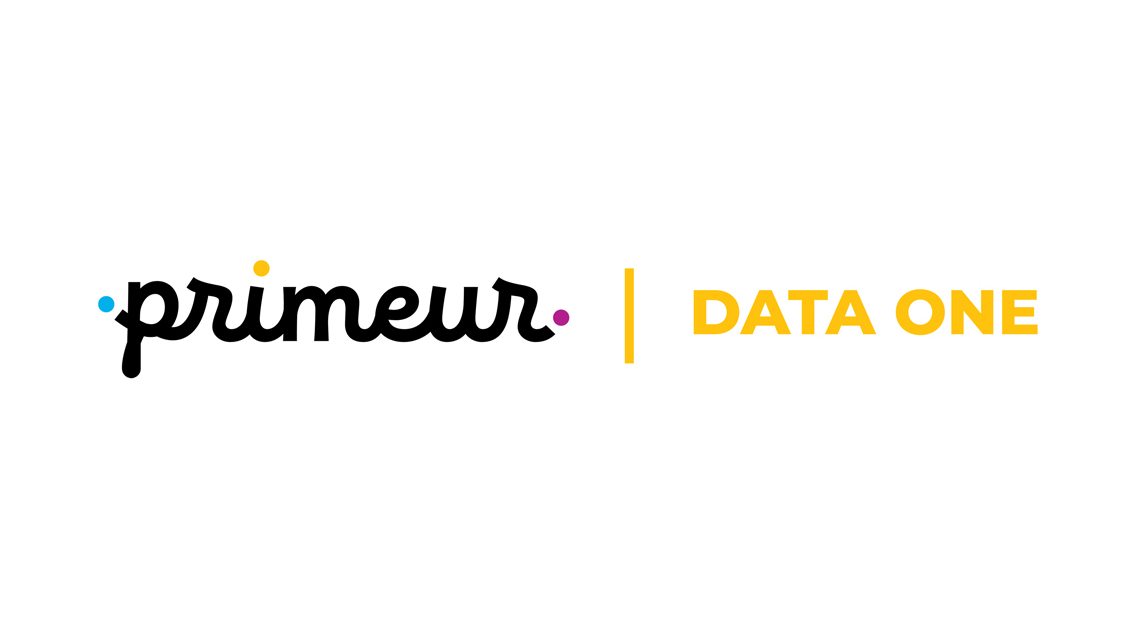
The principles of Data Integration are often used to describe systems integration. Is this really the case? Upon closer examination of the implementation details, it becomes clear that the approach used is sometimes more aligned with Application Integration. This can result in a loss of the benefits and efficiency that Data Integration provides.
These are very different approaches. Application Integration generally involves building new interfaces for an application that are specific to another application that uses its data, resulting in very intricate and complex scenarios, often with interfaces that are replicated in a very similar way.
Instead, by using a Data Integration approach, we introduce an intermediary platform that completely decouples the applications from each other. An application publishes the data of its domain according to its own interfaces to the intermediate platform.
Once we have established the differences between the two approaches, we can now ask: What exactly makes Data Integration a more agile and efficient approach? Here is a summary of the main benefits of Data Integration.
1. No cross-application skills needed
As mentioned earlier, the Application Integration methodology involves integrating applications with each other by forcing the creation of an interface that knows the data domain of both systems. This operation requires that the integrator has a good knowledge of the Data Domain of the applications involved, which often forces companies to outsource the activities to external consultants - since it is difficult to equip themselves internally with such specific and complex skills.
Data Integration, on the other hand, makes it possible to exchange data between applications without modifying the applications themselves, thanks to the introduction of an intermediate platform. This eliminates the need to associate these specific capabilities so closely between applications: to create new integration flows, it will only be necessary to know the data domain exposed by the application and the integration platform used to be able to configure it, without modifying the applications involved.
2. Lower maintenance costs
As a natural consequence of the previous point, companies can free themselves from the high costs of management by third parties, consultants, and system integrators. Additionally, managing connections between applications and an intermediary platform is simpler than managing intricate point-to-point connections, making system maintenance considerably less burdensome due to the reduced number of interfaces.
The dispersion of know-how is greatly reduced, as the integration model implemented in the company's information system is simpler, more manageable and under the full control of the company itself.
3. Easier application substitution or modification
In an Application Integration scenario, where applications are integrated with each other in a point-to-point mode, replacing one application has a huge impact on the entire information system. For example, to replace your old CRM with a new tool, you need to identify, redesign, and implement all the integrations between the new CRM and the other applications it needs to communicate with.
How about Data Integration? Well, it is much simpler: all that is required is to expose the data of the new CRM to the intermediary platform according to its mode and, if necessary, adapt the data sorting interfaces of the intermediary platform to the other applications. This will have no impact on the other applications, they will not be affected. Needless to say, in this case, changing or replacing an application becomes a much simpler and more controlled operation.
4. More flexibility
If companies are able to regain control of the integration model of their information systems - today a strategic factor for any reality - and to change its components faster and without particular impact, the great advantage in terms of flexibility is obvious. Reshaping the IT strategy, evolving, and scaling are no longer a problem. The company can react to any circumstance, even unexpected ones, with the readiness needed to remain competitive in the market at all times.
5. Take advantage of a best-of-breed approach
Data Integration keeps applications completely independent of each other. This allows for a best-of-breed approach to compose your information system, always selecting the best solutions for each functional area over time, without incurring in lengthy projects and costly maintenance.
And if your business needs to change, no problem! As we saw earlier, it is quick and easy to replace existing tools with alternative solutions that better fit the new situation. Keeping pace is guaranteed.
6. Finally reap the benefits of subscription software
Adopting software under a subscription model can be appealing due to the flexibility of canceling at any time and exploring alternative solutions. However, it is important to consider the potential challenges that may arise when replacing a CRM that is connected to multiple systems using the Application Integration paradigm. The task is very onerous as it requires redesigning all the interfaces.
The Data Integration approach allows for the leveraging of the benefits of the subscription approach, which means the ability to change applications without any impact as needs evolve. This rebalances the bargaining power between the application provider and the customer, enabling optimal evolution of the enterprise application landscape.
Can you think of any other good reasons for preferring one methodology over the other? Would you like to learn more about one of the aspects we have mentioned? Contact us!







